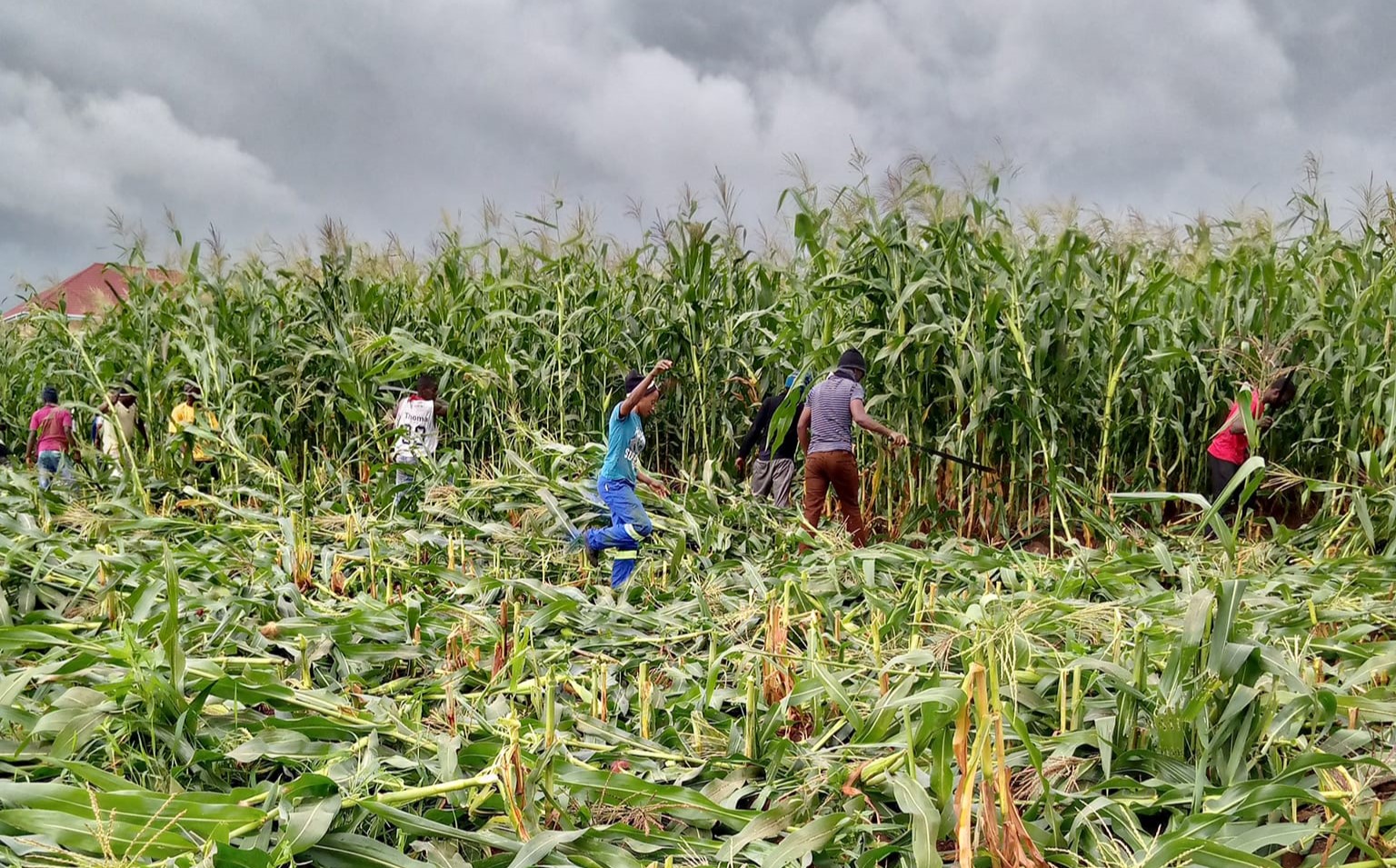Let’s hope MGDS III will leave Malawians better off
Two years to the expiry of Vision 2020, President Peter Mutharika this week launched the third generation Malawi Growth and Development Strategy (MGDS III), which is the country’s overarching medium-term development tool designed to lead the country towards attainment of Sustainable Development Goals (SDGs).
The first MGDS document was implemented from 2006 to 2011 and grew out of the Malawi Economic Growth Strategy (MEGS) of 2004 and, before then, the Malawi Poverty Reduction Strategy (MPRS) executed between 2002 and 2005.
It was during the implementation of MGDS I that Malawi recorded some of the highest growth rates although the poverty needle did not move as much even with gross domestic product (GDP) expansion averaging seven percent during the period.
Its successor, MGDS II—which I have always considered a flop in terms of implementation—was the blue-print that was aimed at guiding Malawi’s development and growth path during 2012–2016.
While both MGDS I and II aimed to reduce poverty “through sustainable economic growth and infrastructure development” the second strategy struggled a lot to achieve its objectives.
Chief among the problems that affected MGDS II implementation was the biggest economic governance shock to have electrocuted Malawi: Cashgate.
Cashgate was the corruption scandal that saw huge amounts of money stolen from the government by some civil servants colluding with unscrupulous business people.
This shock brought a public finance crisis that stunted growth and damaged Malawi’s international image, resulting in donor aid withdrawal in terms of direct budget support with off-budget mechanism being the preferred aid modality.
The country also suffered from the loss of investor confidence.
The shortages of fuel and foreign currency also hit the country hard and, by extension, the implementation of MGDS II, which resulted in serious macroeconomic instability characterised by high inflation and interest rates.
Of course, MGDS II also suffered from having too many priorities—it had nine—which meant that the little resources left from the thievery were spread too thinly to have an impact.
There was also the problem of government failing to align the national budget with MGDS II, a mismatch that affected harmonised implementation.
In the end, I want to believe that MGDS III has snapped the lessons learnt from the previous two medium term policy documents so that five years from now we should not have disappointing results.
Focus should be on improving per capita income, which currently stands at around $320—one of the lowest globally.
The International Monetary Fund (IMF) estimates that per capita income has grown at an average of little more than 1.5 percent between 1995 and 2014, well below the average of 2.8 percent for non-resource-rich African economies.
“Malawi remains an outlier even compared to its peers that are geographically and demographically similar and were at a similar stage of development in 1995,” says the IMF.
More attention also needs to be placed on reducing poverty and vulnerability, especially with the angry torrent of climate change-related problems that hit the poor hard through floods, drought and other disasters that have ravaged the country in recent years.
These shocks—especially floods and droughts—have worsened poverty and depressed GDP growth since they mainly hit the agriculture sector, which accounts for more than a third of Malawi’s economy. We also need to work on narrowing the gap between the rich and the poor not just through progressive tax regimes, but also investing in pro-poor sectors such as agriculture, health and education.
The point is that there are a lot of risks to implementation of the third MGDS and I hope that the built-in mechanisms for mitigating these risks are good enough to weather the storm that the new strategy is likely to face.
Otherwise, with commitment, the ambitious seven percent targeted annual growth rates during the course of the next five years are possible.



